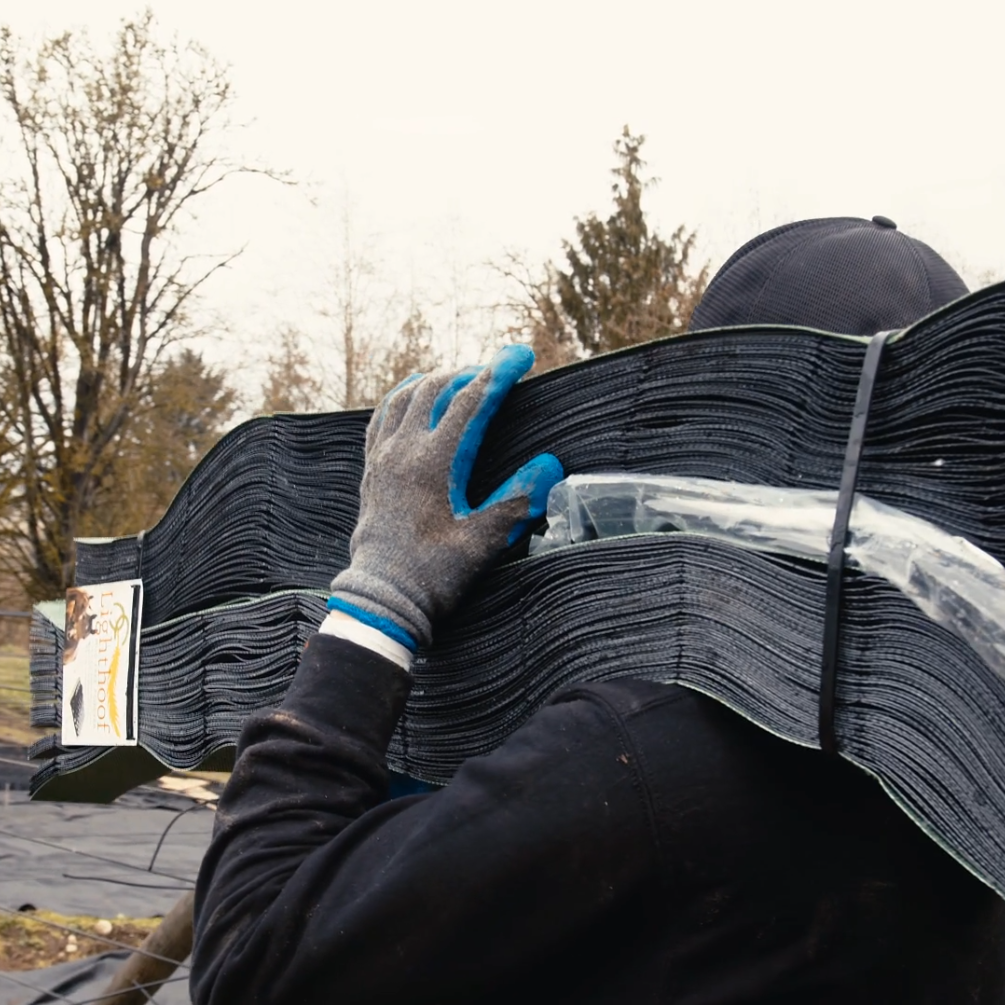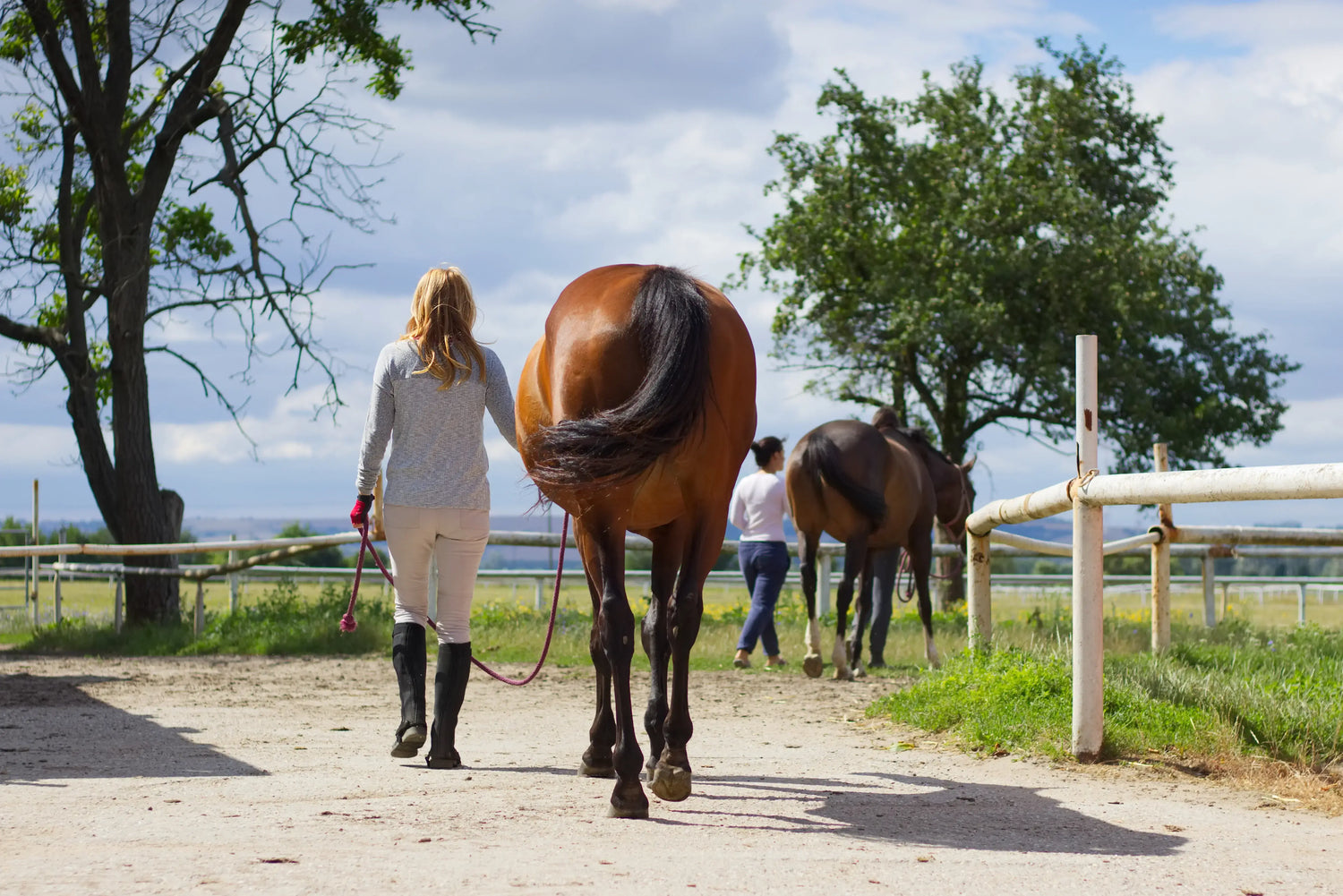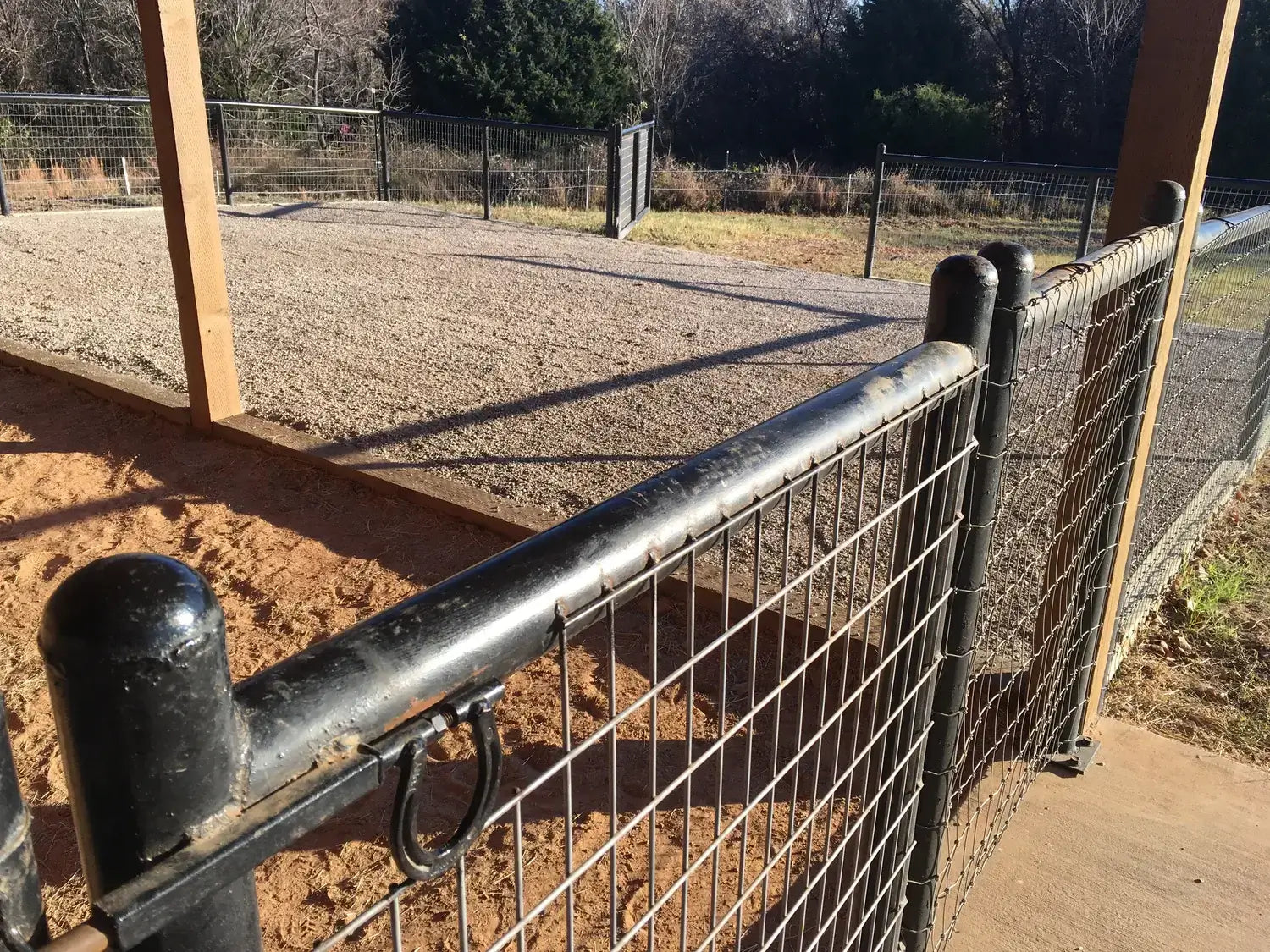As you get ready for longer summertime trail rides, your larger upcoming shows of the season, or a busy lesson schedule, conditioning your horse becomes important. Proper, gradual conditioning means your horse won't only be fit, but will also be less likely to be injured while in work. As you plan out how to condition your horse, put these tips to work to help get him fit safely.
Top Tips for Conditioning Your Horse
Conditioning is a gradual process, and these tips can help you to do it right without rushing things and jeopardizing your horse's safety.
Focus on Longer Walking Sessions
When you're conditioning your horse, don't underestimate the value of time spent walking. Walking is a low-impact activity that can help to get your horse fit, and it also gives you the chance to work on your horse's responsiveness to your aides while you work.
Focus on achieving a forward walk with your horse reaching up under his body with his hind legs and really driving from the hind end. This engaged, active walk can help to build your horse's fitness. Don't be afraid to let your horse stretch his neck and head down, which can help to relieve back tension, too.
Use Hills to Build Strength
Hill work is a great way to build your horse's strength and overall fitness. It's particularly helpful for building your horse's hind end, giving your horse the foundational strength he'll need for just about any discipline.
When introducing hill work, it's so important to go slowly. Hills - even small ones - are demanding when ridden repeatedly, and too much hill work can leave your horse sore. Introduce hills at the walk and trot, and do just a few repetitions traveling up and down them initially. As your horse gets fit, you can increase the challenge by tackling steeper hills, introducing canter work, and making the sessions longer.
Time Your Rides
Your vet or trainer may recommend a conditioning program based on your end goals with your horse. This is particularly common when you're working toward a certain milestone, like being able to complete a dressage test or taking your horse cross-country. These detailed conditioning programs often require that you ride for certain amounts of time.
Even if you're not working with a strict conditioning regimen, the duration of your rides matters. Get in the habit of timing your rides so you have an accurate idea of how long you're working your horse.
You might also choose to use a ride tracker app. These apps can time your rides, but they can also show you the distance you rode, a valuable figure when working on your horse's endurance. Many of these apps create logs that you can reflect on to monitor your horse's progress, so get in the habit of using them for every ride.
Check Your Saddle Fit
As your horse gets fit, his body can change and that may affect his saddle fit. Be sure to check your horse's saddle fit weekly as you're conditioning him. It's also a good idea to have a professional saddle fitter out to evaluate the saddle as your horse starts to reach his optimal fitness level.
Listen to Your Horse
Conditioning a horse is a long-term process, and taking things too quickly can leave your horse sore and uncomfortable. Listen to your horse each day and focus on how he's moving, whether he's short-strided, or whether he's showing you other signs of discomfort.
When in doubt, always back off your conditioning program. You may need to reduce your ride intensity or give your horse additional days off to help him recover.
With patience, you can improve your horse's fitness and get him ready for your summer goals or events. Keep in mind that it's important to adjust your conditioning program to your horse's needs, so don't be afraid to change things up as you progress. In the end, you'll be rewarded with a fit horse who's well-prepared for your riding activities.





Leave a comment
This site is protected by hCaptcha and the hCaptcha Privacy Policy and Terms of Service apply.